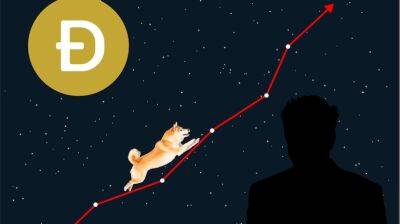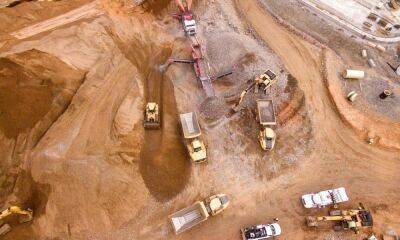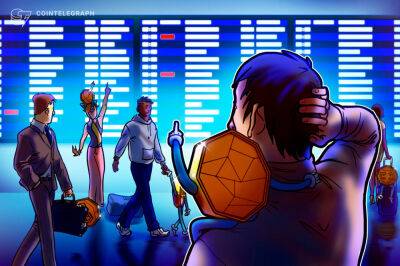If This is a Netscape Moment for Web3 What Does that’s mean for Ethereum?
Ethereum completed its long-anticipated Merge on Thursday without any hiccups as the protocol switched from a Proof-of-Work (PoW) to Proof-of-Stake (PoS) consensus mechanism.
The move instantly reduced Ethereum's energy consumption by 99.9% and is the first major step to eventually making the blockchain cheaper and faster to use.
The network previously had the same energy consumption as the entirety of the Netherlands and a carbon footprint as big as that of Singapore.
But while the event is being described as a 'Netscape Moment' by some, what does it mean for the future of Ethereum itself?
For those that may not be familiar with the term, Netscape was essentially the original internet browser and at one point had up to 90% dominance on the market.
When its initial public offering of shares went out in 1995, it became a $3 billion company in "about a minute", according to a Wall Street Journal report from the time and stimulated the dot.com boom of the late 1990s.
At a time when very few people regularly used the internet, Netscape introduced it, and the wider technological possibilities of Silicon Valley, to the world.
The success of Netscape's IPO saw the term 'Netscape Moment' gain popular usage - typically describing a technological advancement that signals the dawn of a new industry.
By describing the Ethereum Merge as a Netscape Moment, we are talking about the moment where blockchain technology and Web3 truly begins to replace Web2 in earnest.
In the short term there will be some immediate and visible changes to Etherem following the Merge, but overall, it is just an extremely big first step towards the future.
Ethereum miners will no longer be able to mine ETH or ETH 2.0, with other Proof-of-Work coins such as Ethereum
Read more on cryptonews.com
















![The state of Solana [SOL] after this 100 billion breakthrough](https://finance-news.co/storage/thumbs_400/img/2022/9/24/42205_q5vys.jpg)






